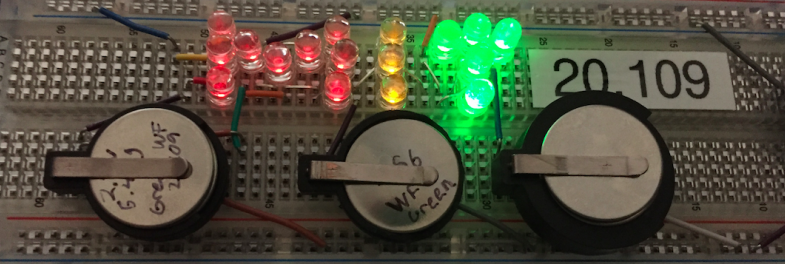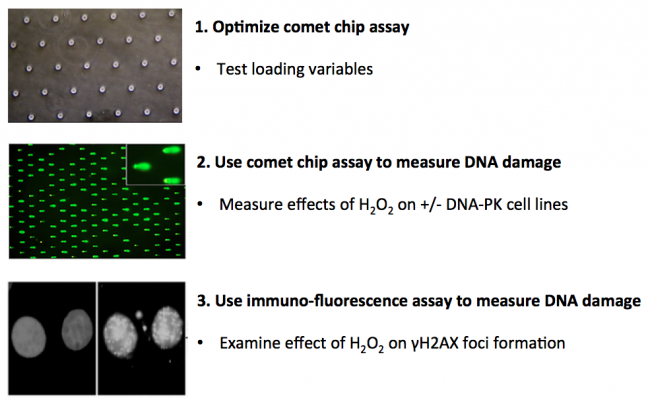Difference between revisions of "20.109(F18):Module 1"
Noreen Lyell (Talk | contribs) (→Lab links: day by day) |
Noreen Lyell (Talk | contribs) (→Lab links: day by day) |
||
| Line 23: | Line 23: | ||
M1D1: [[20.109(F18):Practice tissue culture and prepare microwell array (Day1)| Practice tissue culture and prepare microwell array]]<br> | M1D1: [[20.109(F18):Practice tissue culture and prepare microwell array (Day1)| Practice tissue culture and prepare microwell array]]<br> | ||
M1D2: [[20.109(F18):Design cell loading optimization experiment and discuss genomic instability experiment (Day2)| Design cell loading optimization experiment and discuss genomic instability experiment]]<br> | M1D2: [[20.109(F18):Design cell loading optimization experiment and discuss genomic instability experiment (Day2)| Design cell loading optimization experiment and discuss genomic instability experiment]]<br> | ||
| − | M1D3: <br> | + | M1D3: [[20.109(F18):Prepare and treat cells for genomic instability experiment (Day3)| Prepare and treat cells for genomic instability experiment]]<br> |
M1D4: <br> | M1D4: <br> | ||
M1D5: <br> | M1D5: <br> | ||
Revision as of 20:41, 4 September 2018
Contents
Module 1
Lecturer: Bevin Engelward
Instructors: Noreen Lyell, Leslie McClain and Josephine Bagnall
TAs: Corban Swain and Jai Padmakumar
Lab manager: Hsinhwa Lee
Overview
In this module you will measure genomic instability using two techniques: a microwell array (CometChip) and a sub-nuclear foci assay (γH2AX immunofluorescence). Your first task is to critically think through the development of the CometChip assay and determine which conditions provide the best results for loading mammalian cells into the device. To this end, you will consider variables that affect cell loading into the microwells of the CometChip. The data you collect will be used to determine the conditions for subsequent assays.
Next, you will use the CometChip assay to measure DNA damage in response to a deficiency in repair and a chemical treatment. Specifically, you will study the role of DNA-pk in DNA repair and the effects of oxidative stress on DNA damage via H2O2 treatment. Then, you will use the γH2AX to visualize DNA damage in individual cells and compare the results to the CometChip data.
Lab links: day by day
M1D1: Practice tissue culture and prepare microwell array
M1D2: Design cell loading optimization experiment and discuss genomic instability experiment
M1D3: Prepare and treat cells for genomic instability experiment
M1D4:
M1D5:
M1D6:
M1D7:
Assignments
Data summary
Mini-presentation
References
CometChip: A high-throughput 96-well platform for measuring DNA damage in microarrayed human cells. Journal of Visualized Experiments. (2014) 92: 1-11.
- A video of the procedure is linked here.
CometChip: Single-cell microarray for high-throughput detection of DNA damage. Methods in Cell Biology. (2012) 112: 247-268.

